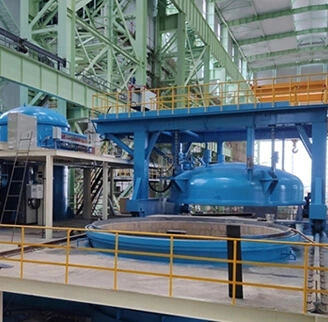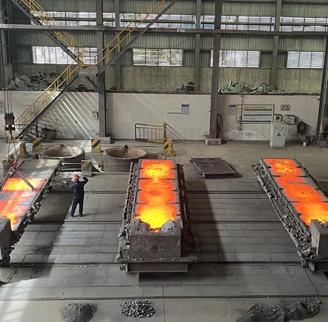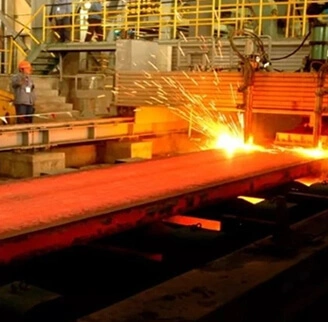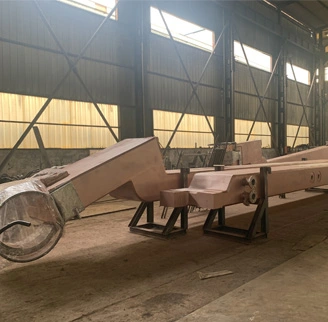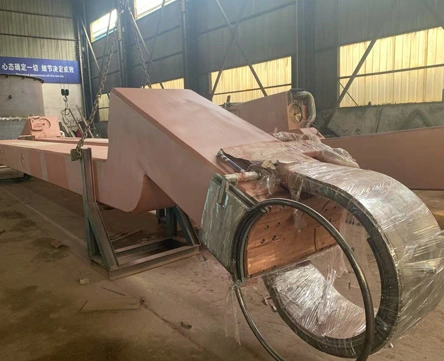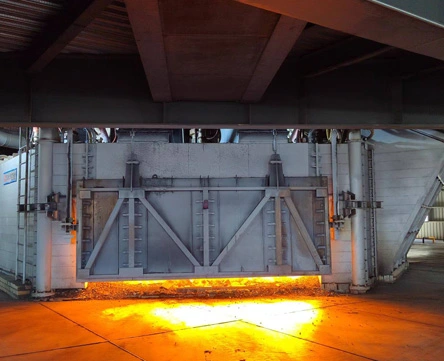The steel industry has witnessed remarkable advancements in technology over the years, especially in the field of electric arc furnace (EAF) design. As the demand for steel continues to rise, companies are constantly seeking innovative solutions to improve efficiency, reduce emissions, and enhance overall productivity. In this blog post, we will explore the recent developments in EAF electric arc furnace design and how they have transformed the smelting process.
The Evolution of EAF Electric Arc Furnace
The EAF electric arc furnace has come a long way since its inception. Initially designed for melting scrap steel, it has now become a preferred choice for steelmaking due to its flexibility and cost-effectiveness. Modern EAFs are capable of producing high-quality steel with minimal environmental impact. With the advancement of technology, electric arc furnace manufacturers have focused on enhancing features such as power supply, injection systems, refractories, and process control to optimize the smelting process.
Enhanced Energy Efficiency
One of the key advancements in EAF electric arc furnace design is improved energy efficiency. Newer models are equipped with advanced power supply systems that ensure better electrical energy utilization, resulting in reduced power consumption. By increasing the efficiency of the furnace, steel manufacturers can significantly lower their operational costs and minimize their environmental footprint.
Reduction in Emissions
Emissions from steelmaking have long been a concern for the industry. However, recent developments in EAF electric arc furnace design have addressed this challenge. Innovative gas injection systems and optimized process control techniques have led to a significant reduction in emissions such as carbon monoxide, nitrogen oxide, and sulfur dioxide. This not only helps companies meet stringent environmental regulations but also improves the overall air quality in the vicinity of steel plants.
Advancements in Refractory Materials
Refractories play a crucial role in the performance and longevity of EAF electric arc furnaces. Manufacturers are constantly researching and developing advanced refractory materials capable of withstanding extreme temperatures and repeated thermal cycling. These advancements have resulted in longer furnace lining life, reduced downtime for repairs, and increased overall productivity. Additionally, improved refractories contribute to better heat transfer, resulting in faster melting and increased throughput.
The advancements in EAF electric arc furnace design have revolutionized the smelting process, making it more efficient, environmentally friendly, and economically viable. Steel manufacturers worldwide are adopting these innovations to stay competitive and meet the growing global demand for steel.
In conclusion, the EAF electric arc furnace has become an essential tool in the steel industry, enabling efficient and sustainable steel production. With continuous advancements in technology, manufacturers have unlocked new possibilities to improve energy efficiency, reduce emissions, and enhance overall productivity. As steel demand continues to rise, it is crucial for companies to navigate these advancements in EAF electric arc furnace design to ensure they stay at the forefront of the industry.
Do you want to learn more about the latest smelting solutions and advancements in EAF electric arc furnace design? Stay tuned for our future blog posts as we delve into specific technologies and their impacts on the steel industry.
 back homepage
back homepage
 EN
EN
 fr
fr  ar
ar  fa
fa 
